Seasons – Spring 2024

From the Plateau Land & Wildlife Management Team
The vibrant embrace of spring has begun and as the weather gradually warms and storms, the environment around us undergoes a breathtaking change that demands our attention and admiration. From welcoming the season of breeding birds to viewing native Texas creatures in their environment, this time of year allows you to embrace your surroundings and learn how you can share that feeling with others around you.
In our Spring edition of Seasons, we review what you need to know as the deadline to submit applications approaches, help you learn more about the Wildlife Management activities you can begin as the weather starts to change, as well as giving you first-hand knowledge of events we are making an appearance at in the coming months. Dive into our curation of articles that can help you navigate all the ways to enjoy and enhance the land around you.
We hope you enjoy all this edition of Seasons has to offer and, as always, we are here to help when you need it!
Until next Seasons,
The Plateau Team
Table of Contents
Do you have 1-d-1 Open Space Valuation?
Activities You Can Start This Spring
Plateau Out and About
Field Notes: Pictures & Highlights of Properties in Wildlife Management
Guest Feature: Braun & Gresham addresses the newest Corporate Transparency Act
News for Texas Landowners
Do you have 1-d-1 Open Space Valuation?
By Shane Kiefer, CEO, Plateau Land & Wildlife Management
If you’re interested in learning more about how Plateau can help as the deadline approaches, call us today at (512) 894-3479 or email [email protected].
Back to TopBack to Top
Activities You Can Start This Spring
Are you new to Wildlife Management or are you a seasoned pro? If you haven’t started yet, Spring is a great time to get your activities started for the year. Depending on what you and your biologist agreed to in your plan, we make it easy for you to prioritize what’s best for your property and how to get things started.
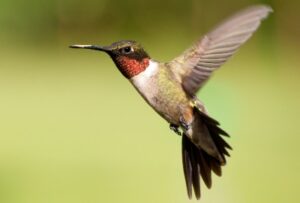 Spring Breeding Bird Survey
Spring Breeding Bird Survey
Breeding bird surveys give you the opportunity to learn which bird species may be breeding on your property while also observing birds that are migrating through your property this Spring, such as a Ruby-throated Hummingbird, Purple Martin, or even Wild Turkey.
Experts can identify birds both visually and auditorily based on their unique calls, while providing a detailed report of all the species and individuals observed. Using a Wildlife Biologist for your survey offers you an opportunity to ask about other wildlife, habitats, and vegetation that may be present on the property. Songbirds are typically most vocal in the early mornings (sunrise) ready to find a mate or defend their territories. Learn more about the avian species on your property while performing a Wildlife Management activity!
Quail Call Counts
Quail call counts are an important tool in Wildlife Management for several reasons. These counts provide valuable data on the abundance and distribution of quail populations on your property. By conducting a call count each year, you can track population trends over time and assess the effectiveness of your wildlife management strategies. Overall, quail call counts play a crucial role in wildlife management by providing data-driven insights into quail populations and habitat quality.
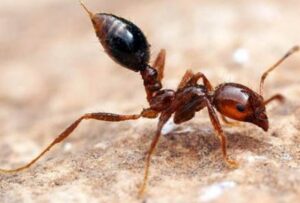 Imported Red Fire Ant (IRFA) Treatment
Imported Red Fire Ant (IRFA) Treatment
As mounds appear on your property and ant activity increases, this is bad news for other insects and arthropods, ground-nesting birds, and small wildlife of all kinds. Spring treatments reduce ant numbers when wildlife are most vulnerable to predation.
What is an Imported Red Fire Ant and why should you remove them? The Imported Red Fire Ant is a species native to South America and arrived in Texas in the 1950s. It is named for its reddish-brown color, aggressive behavior, and painful sting. They construct mounds of loose soil, which can vary in size and shape and aggressively defend their nests and can swarm and sting intruders repeatedly. They are known to damage crops and agricultural infrastructure.
If you have Imported Red Fire Ants on your property, spring is an important time to treat them to reduce impacts to wildlife. Plateau recommends bait-style treatments applied on individual mounds to reduce impacts to non-target ant species. If you have a dense infestation (more than 20 mounds/acre) then a broadcast treatment may be a better choice.
Chemical Brush Management
Chemical brush management can be an effective tool for controlling invasive plant species that outcompete native vegetation and degrade wildlife habitat. Targeted herbicide applications can suppress the growth of invasive plants, allowing native species to thrive and supporting a more diverse and resilient ecosystem. Chemical brush management methods can often be implemented more quickly and efficiently than manual or mechanical techniques, allowing wildlife managers to cover larger areas in less time.
Knowing which herbicides to use and, as importantly, when to use them is key to success. Some herbicides require an applicator’s license from the Texas Department of Agriculture to purchase and legally use. Check your wildlife management plan or call Plateau before implementing this practice.
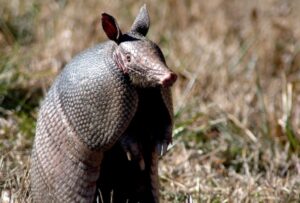 Census & Monitoring of Game and Non-game Wildlife
Census & Monitoring of Game and Non-game Wildlife
Do you have a game camera, or do you need help getting some installed? Game cameras area an excellent tool for monitoring and recording wildlife use on your property. Animals such as wild turkeys, bobcats, and even armadillos can be captured on film and recorded as part of your census activity. Not only can you be amazed at the different creatures that may call your property home, one of your Wildlife Management activities can be crossed off your list.
With this activity, you must provide a detailed analysis of the captured pictures. The best part is that surveys can be conducted year-round, and Spring is an ideal time to start so that you can see the different animals that may cross your path throughout the year.
Supplemental Water
With spring in full swing, now is the time to think of the present as well as the future as we look towards the hot summer months. Access to water is essential for wildlife survival and can help ensure that they have a reliable source of hydration. Ponds, water troughs, or water tables can attract wildlife to specific locations, making them more accessible for observation and photography. Add a game camera next to your water table and you can loop in two wildlife activities together, we call that a win– win!
Plateau offers water tables of different sizes that have been rigorously tested and refined resulting in a supplemental water source designed to provide years of use.
There’s no better time than now to start your Wildlife Management activities for the year. By executing either a few of these activities now or taking the time to review your Wildlife Management plan, you give yourself time to enjoy your property and feel less stress as the year progresses. At Plateau, we stand ready to support you with our expertise and dedication to the land. Whether you’re seeking assistance with habitat enhancement, population monitoring, or wildlife conservation initiatives, our team is here to help. Don’t delay—reach out to us today to start planning and executing your spring wildlife management activities. Together, we can make a meaningful difference for wildlife and habitats across our landscapes.
Back to TopBack to Top
Plateau Out and About
Events are in full swing and the year is off to a dynamic start! We’ve been actively involved in impactful events and will continue to shape the conversation throughout 2024. A portion of our team represented Plateau at the Texas Chapter of The Wildlife Society annual meeting earlier this year. This annual meeting features sessions led by nationally acclaimed leaders, presentations of the latest technology and research, along with multiple professional development workshops and trainings.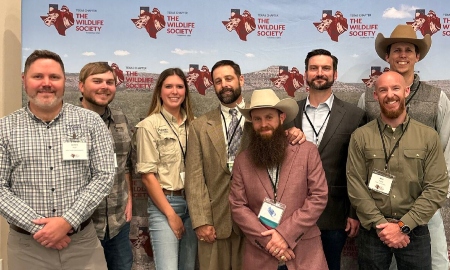
Upcoming events where you can spot Plateau:
April 18th: Sporting Clays for Conservation hosted by WHF Texas
April 21st: Driftwood Heritage Festival hosted by the Driftwood Historical Conservation Society
May 8th & 9th: Ashe Juniper Symposium hosted by Biodiversity Works
At Plateau, we’re deeply passionate about preserving and enhancing our natural landscapes while fostering a harmonious relationship between humanity and the environment. Our team is dedicated to not only conserving precious land but also promoting sustainable practices that benefit both wildlife and our communities.
We believe in the power of dialogue and collaboration to drive positive change, which is why we’re eager to engage with audiences through speaking opportunities. Whether it’s sharing insights on land conservation strategies, discussing wildlife management techniques, or exploring the intersection of ecology and human development, we’re enthusiastic about spreading awareness and inspiring action. If you’re interested in hosting a speaker from Plateau Land & Wildlife at your event, we’d love to connect and share our expertise.
Field Notes: Pictures & Highlights of Properties in Wildlife Management
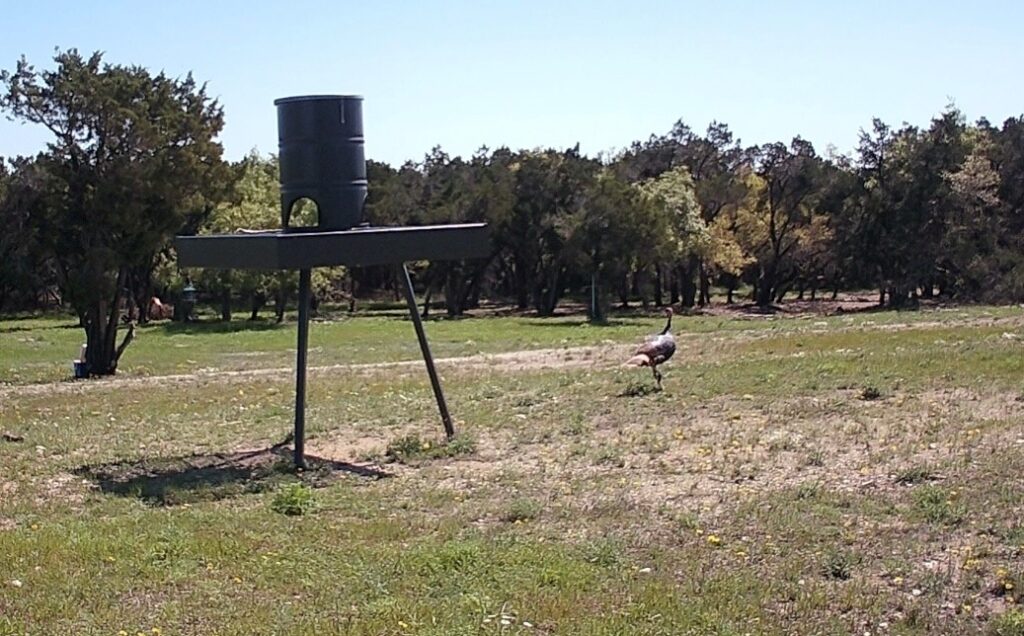
So many of you are out there doing great work. We appreciate you, and so do the native wildlife on your property and across Texas. Large or small, you are making a difference. Look for more great examples of wildlife and landowner successes and victories in upcoming Seasons Newsletters!
Guest Feature: Braun & Gresham address the newest Corporate Transparency Act
Article by Margaret Menicucci, Attorney and Counselor, Braun & Gresham, PLLC
Beginning this year, owners of small businesses must comply with the reporting requirements of the Corporate Transparency Act (CTA). This important legislation requires most owners and managers of closely held corporations, limited liability companies (LLCs) and limited partnerships (LPs) to report “beneficial ownership information (BOI)” to a federal database run by the Financial Crimes Enforcement Network (FinCEN). This new requirement impacts landowners managing their property through LLCs and LPs.
Congress, in enacting the CTA, is seeking to “provide law enforcement with beneficial ownership information [about small business entities] for the purpose of detecting, preventing and punishing terrorism, money laundering and other misconduct through business entities.” Often, such nefarious activities are conducted through these business structures.
How does this affect owners of rural land?
To be effective, the requirements apply broadly to most small business owners. While there are some exceptions, most small farm and ranch entities must file a report. Business entities already subject to federal reporting requirements may be exempt from the CTA-mandated reporting such as financial institutions, businesses subject to securities regulations, non-profit organizations, and publicly held businesses. The statute requires information about both the “Reporting Company” (the entity obligated to file the report) and each “Beneficial Owner.” Closely held corporations, LLCs, and LPs (including single-member LLCs) are Reporting Companies. A Beneficial Owner is an individual who, directly or indirectly, either exercises substantial control over a reporting company or owns or controls at least 25% of the reporting
When is filing due?
Reporting Deadlines
| Existing Business Entities (Created before January 1, 2024) |
January 1, 2025 |
| New Business Entities (Created on or after January 1, 2024) |
90 calendar days after receiving notice that the entity’s creation or registration is effective |
Business entities formed after January 1, 2024 must file a report with FinCEN within 90 days after the entity is formed. Small business entities in existence before January 1, 2024 have a full year to comply, with their deadline being January 1, 2025. This is a one-time filing. There is no annual reporting, but small businesses will be required to update their report when ownership or control changes. Examples of changes include admitting a new member or partner who has at least a 25% interest in the LLC or LP or changing a Manager.
What if I fail to file the report?
Willfully filing false information or willfully failing to file a report can result in high fines and possible imprisonment. The escalating fines range from $500/day to $10,000/violation and jail time of up to two (2) years.
What next steps should be taken?
Reach out to Braun and Gresham. We will help you confirm whether the requirements apply to your corporation, LLC, or LP. Then, we will assist you with compiling and reporting the required information.
Do not respond to any email or other solicitation that appears to be from FinCEN. As with any new program, misinformation is abundant. FinCEN has posted the following notice:
Alert: FinCEN has been notified of recent fraudulent attempts to solicit information from individuals and entities who may be subject to reporting requirements under the Corporate Transparency Act. The fraudulent correspondence may be titled “Important Compliance Notice” and asks the recipient to click on a URL or to scan a QR code. Those e-mails or letters are fraudulent. FinCEN does not send unsolicited requests. Please do not respond to these fraudulent messages, or click on any links or scan any QR codes within them.
For additional information on how to file, please contact Corina Rodriguez or Margaret Menicucci at Braun & Gresham at 512-894-5426 or send and email to [email protected] for more information.
News for Texas Landowners
Wait, does America suddenly have a record number of bees?
Article by Andrew Van Dam for The Washington Post
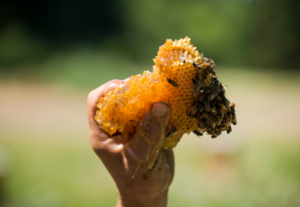
Where in the unholy heck did all these bees come from?!
After almost two decades of relentless colony collapse coverage and years of grieving suspiciously clean windshields, we were stunned to run the numbers on the new Census of Agriculture (otherwise known as that wonderful time every five years where the government counts all the llamas): America’s honeybee population has rocketed to an all-time high. We’ve added almost a million bee colonies in the past five years. We now have 3.8 million, the census shows. Since 2007, the first census after alarming bee die-offs began in 2006, the honeybee has been the fastest-growing livestock segment in the country! And that doesn’t count feral honeybees, which may outnumber their captive cousins several times over.
Wild turkeys are strutting into spring
Article by Sarah Fuller for The Eagle
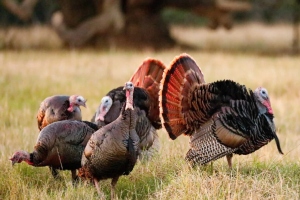
More Texans may encounter the distinct vocalizations and dramatic strutting of male turkeys seeking a mate this spring thanks to ongoing education and research collaboration by Texas A&M AgriLife and the Texas Parks and Wildlife Department.
Jacob Dykes, Texas A&M AgriLife Extension Service wildlife specialist, Corpus Christi, said thanks to the state’s diverse ecoregions, Texas supports three of the five total subspecies of wild turkey found in North America — the Rio Grande turkey, eastern turkey and Merriam’s turkey. Rio Grande turkeys prefer the arid and brushy environments found throughout the Rolling Plains, Edwards Plateau, southern Post Oak Savanna and the South Texas plains, while eastern turkeys prefer areas with higher rainfall, such as the Piney Woods and bottomland hardwoods of East Texas. Merriam’s turkeys, the least common, prefer the ponderosa pines found in the Trans-Pecos mountains.
What you should know about April’s Cicada “Double Emergence”
Article by Luke Henkhaus for Texas A&M Today
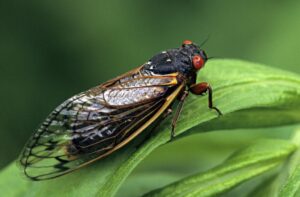
As temperatures rise this spring, parts of the United States will witness a natural phenomenon that occurs only every 221 years, as two neighboring broods of periodical cicadas — Brood XIII and Brood XIX — simultaneously emerge from the ground to search for mates.
Beginning around late April, billions of the flying insects will spread across parts of the American South and Midwest, making lots of noise but posing little threat to humans and plants, said Molly Keck, an entomologist and Integrated Pest Management Program specialist with the Texas A&M AgriLife Extension Service. While these particular cicadas won’t be seen in Texas, Keck said this rare double emergence event represents a great opportunity for people across the country to learn more about the insects and their unique life cycle.
New agreement paves the way for ocelot reintroduction on private lands
Article by David Frey for The Wildlife Society

The U.S. Fish and Wildlife Service and the nonprofit East Foundation have reached an agreement that would allow for the release of endangered ocelots on private lands in South Texas. The safe harbor agreement allows landowners to continue with ranching operations in exchange for allowing recovery efforts on their land.
Under the agreement, ocelots will strategically be released at the East Foundation’s San Antonio Viejo Ranch with the hopes of establishing a permanent population. Researchers will monitor them to evaluate program success.
Beware the handstand of the Spotted Skunk
Article by Sasha von Oldershausen for Texas Monthly

As a former amateur gymnast, I know a good handstand when I see one. That’s why I can say with full confidence that no creature on God’s green earth can perform a handstand with quite as much gumption or grace as the spotted skunk. That’s right, a skunk. Ten out of ten, every time.
The pint-size mammal, which weighs between one and two pounds—about half that of its more commonly known striped relative—gets its name for its characteristic white spots. Texas is home to two of these acrobatic species. The plains spotted skunk is found in East Texas and the Panhandle, and the Western (or desert) spotted skunk roams West Texas, South Texas, and the fringes of Central Texas. Both have evolved a dazzling defense mechanism: when provoked, a spotted skunk will spring off its hind legs like a tiny Simone Biles, while its bushy tail shoots straight upward like a lightning rod. Then, with its hind paws akimbo, it can actually walk upside down on two hands.
Texas emergency director calls for firefighting air force after historic Panhandle fires
Article by Stephen Simpson for The Texas Tribune

PAMPA — Texas’ top emergency manager told a panel of lawmakers Tuesday that the state should establish its own firefighting aircraft division after a series of wildfires, including the largest in state history, scorched the Panhandle region earlier this year.
But the local landowners tasked with helping the Legislature investigate the fires that were responsible for at least two deaths and burned through more than 1 million acres raised doubt over the state’s ability to handle such catastrophes.
“We don’t control our own destiny, and I want to control our destiny,” Nim Kidd, chief of the Texas Division of Emergency Management, told a crowd of more than 100 people at the MK Brown Heritage Room where lawmakers are holding a series of hearings into the fires.
Catfish stocking begins at neighborhood fishin’ lakes
Article by TPWD

AUSTIN – Spring has arrived and that means catfish angling is back at Texas Parks and Wildlife Department (TPWD) Neighborhood Fishin’ lakes across the state. The program gives friends and families the opportunity to reel in catfish close to home and participate in the Texas traditions of outdoor recreation.
On April 12, TPWD will resume stocking thousands of catfish at 18 Neighborhood Fishin’ lakes, including five in the Dallas-Fort Worth area, four in the Houston area, two each in Austin and San Antonio and one each in Amarillo, College Station, San Angelo, Waco and Wichita Falls.
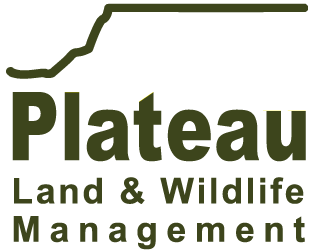




Sorry, the comment form is closed at this time.